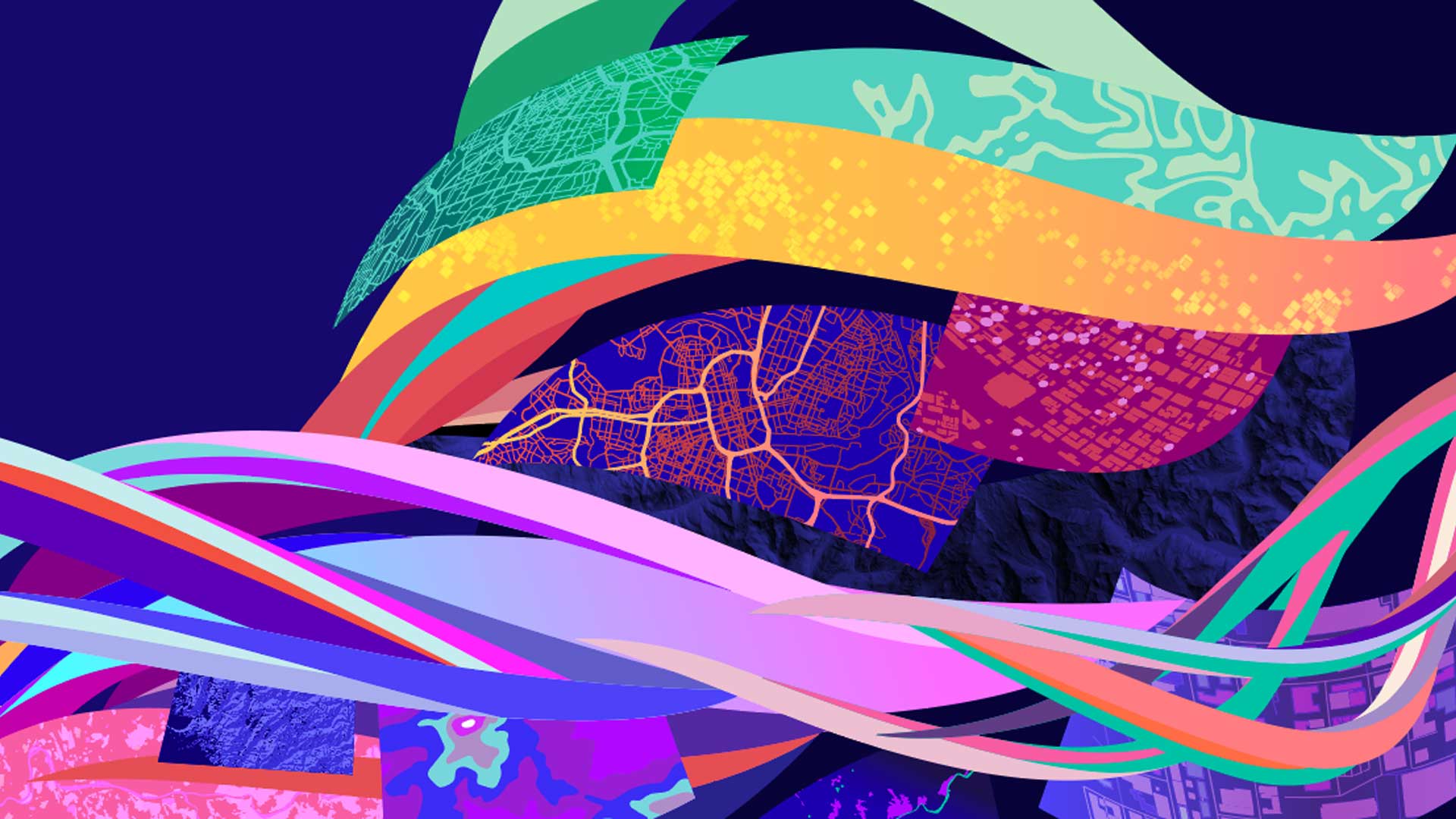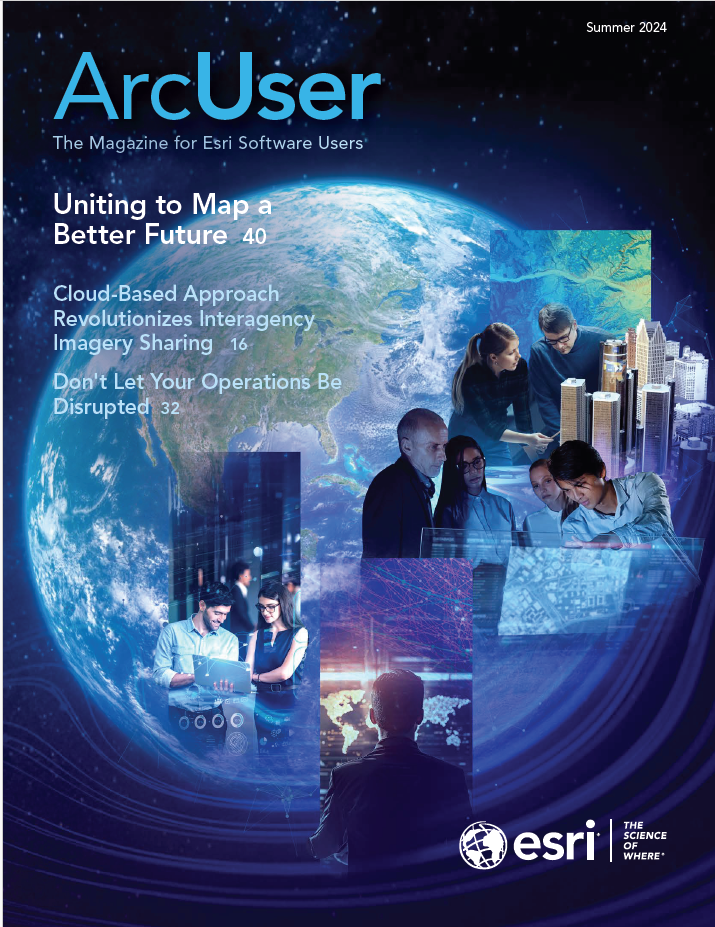His two decades as a geography teacher have had a profound effect on Minnesota governor Tim Walz, the first keynote speaker at the 2024 Esri User Conference.

“Maps have had such a big influence in my life,” noted Walz, who has been employing GIS to improve the quality of life for Minnesota’s residents since his election as the state’s 41st governor. These improvements include providing universal free school meals for students and laying the groundwork for Minnesota to generate 100 percent clean electricity by 2040. He believes that “the end product of these maps is a more sustainable economy, a more sustainable environment, and lifting up of people’s lives in a way that they can thrive.”
In describing his journey from geography teacher to governor, Walz cited a phrase used by Esri president Jack Dangermond: “Where you are has a lot to do with who you are.” Walz grew up in a small town in western Nebraska—a town so small that of the 20 kids in his graduating class, 12 were cousins. As a teenager, he worked as a ranch hand by day and, at night, read old issues of National Geographic magazine and dreamed of faraway places. After graduation, he enlisted in the Army National Guard and served for 24 years. As an artillery officer, geography was a practical concern for Walz, who had to know exactly where he was on the earth’s surface and exactly where everyone else was.
Walz became a high school geography teacher, teaching abroad and in the United States. His belief in the power of GIS dates to his first exposure to it in the early 1990s, when he received a handful of floppy disks while attending the National Geographic Summer Geography Institute. He took those disks back home, put them in his Mac 2E, and taught himself and his students GIS.
Using GIS, Walz helped his students understand the world’s challenges. In one exercise that was an outgrowth of his work with the Holocaust Museum, he asked students to analyze economic, historical, and demographic data to predict where the next genocide would occur. His students predicted that place would be Rwanda. Events 12 months later sadly proved them prescient.
After retiring from the Army National Guard, he was elected to the United States House of Representatives in 2006 and was reelected for another five terms. During his time in Congress, he was constantly appalled by legislators’ profound lack of geographic knowledge.
When he was elected governor of Minnesota in 2018, his belief in the power of GIS to convey complex information to affect change was validated during the COVID-19 pandemic. With the support of GIS analysis and communication tools, Minnesota had one of the highest rates of vaccination and lowest number of COVID-19 deaths.
Minnesota has been a user of Esri technology for 49 years. Walz continues relying on GIS to pursue the triple bottom line: a state that is environmentally, economically, and socially sustainable. He sees GIS as critical to advancing this program because it helps communicate “aspirations that are so big that people just can’t wrap their minds around the solutions.”
However, effecting this positive change is not easy. “There is an entire cottage industry on dividing people and cynicism,” said Walz. “Uniting is much harder. Bringing people together is much harder. The tools of GIS and the science behind this and the tools to communicate really help unite people.”
To effect change, “you have to have a plan and the tools for that plan are GIS.” GIS will enable the vision of a fair society to become a reality that delivers the world we want. Walz called on the GIS professionals in the audience to continue to be the visionaries that the world so desperately needs now.




